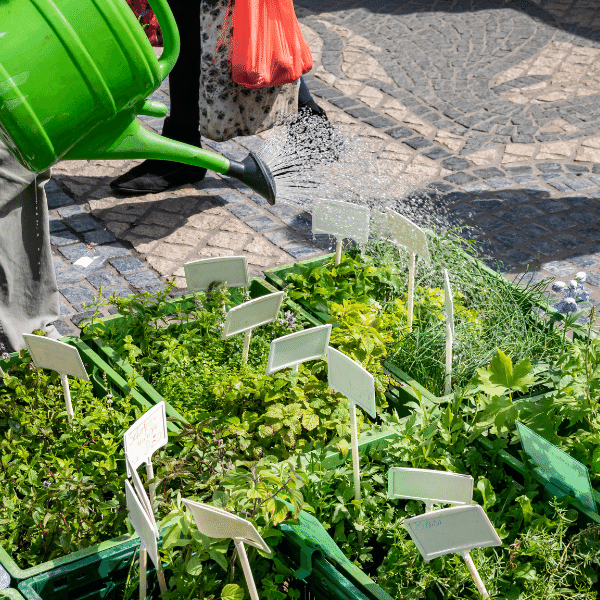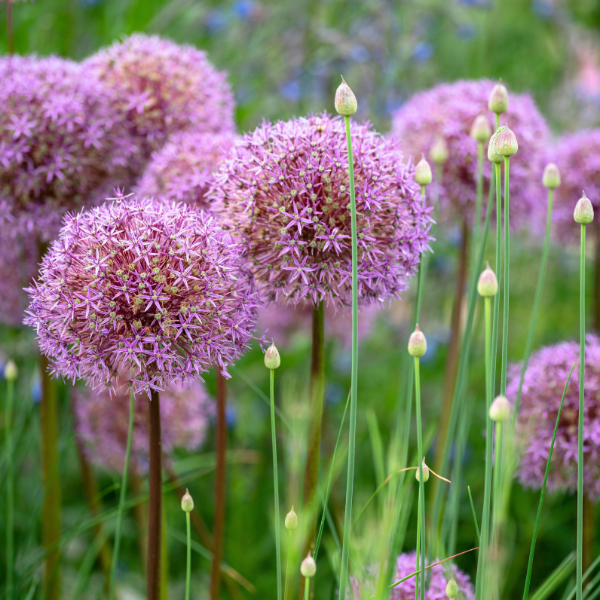Agapanthus




About the Agapanthus
Common names: African-lily, Lily of the Nile, African Agapanthus
The plant is native to South Africa and from there; it started propagating to the other parts of the world including Asia, America and also Europe. It is also known as the lily-of-the-Nile in spite of only occurring in South Africa. The name Agapanthus also meaning 'flower of love' is derived from the Greek work 'agape' which in turn means love. It is a magical flower, often used in drugs to support the treatment of heart disease, paralysis, coughs, colds, chest pains, tightness, fevers, menstrual pains, impotency, barrenness, swollen legs and high blood pressure. The flowers are also sometimes worn by women who are seeking to boost their fertility, they are believed to give them strength.
The Agapanthus is a very showy flower, with a long green stem, vibrant long leaves and a cluster of lilac flowers. It is a plant widely used in gardening, especially when it comes to decorating a corner or accompanying a path, not only is it striking to look at, it is also a perennial so will give off green colours throughout the year. It is even more pleasing to the eye; due to the fact it reaches an average height of between 1 and 1.5 metres and has linear leaves about 30cm long. The flowers appear in clusters of between 20 and 30. The flowering time of the plant is between late spring and summer, so that is when you will see the best of this beautiful blossom, although the rest of the year it also has great ornamental value due to its abundant foliage that remains standing during the four seasons of the year.

About The Flower
- Full sun and a well-drained soil are the secrets to success with agapanthus. Plants are able to cope in a coastal situation and are not fazed by sea winds and salty air. Agapanthus are drought-tolerant plants and able to cope in a gravel garden that isn't watered.
2. Agapanthus attract many pollinators including bees, butterflies and other insects, they adore it because of the vibrant colours of its flowers and the abundance of pollen the flower makes.
3. Light pruning at strategic times of the year can keep your agapanthus healthy and in bloom over the summer. Cutting back the spent foliage in early spring allows room for new growth to emerge and maintains a tidy appearance
4. Each single terminal inflorescence consists of numerous tubulars to bell-shaped flowers, each with 6 parts. There are 20 to 100 flowers in each rounded umbel, depending on variety and species.

 2,768 REVIEWS
2,768 REVIEWS











